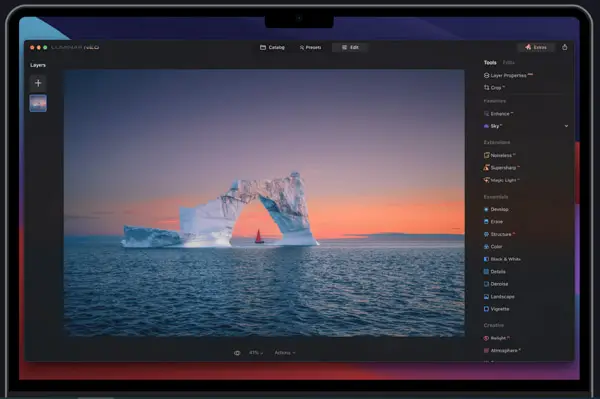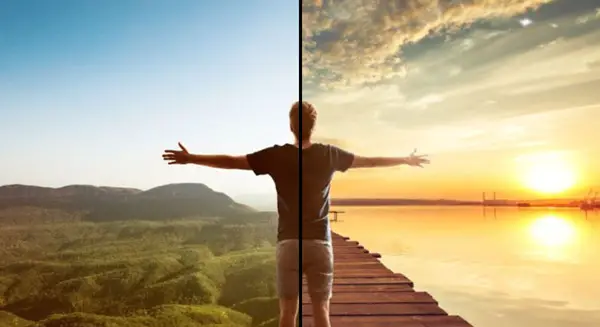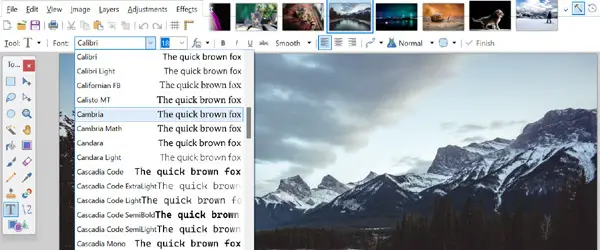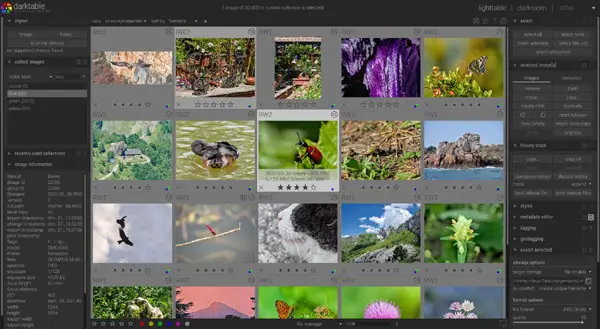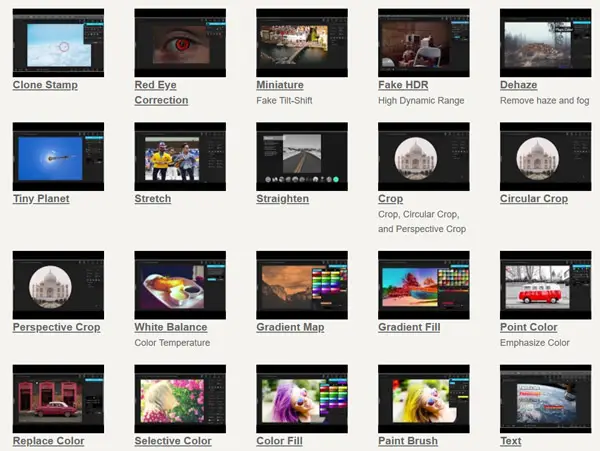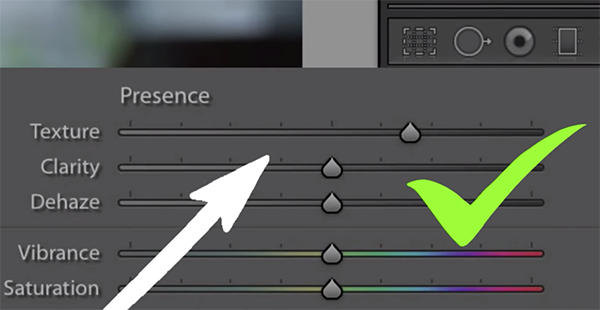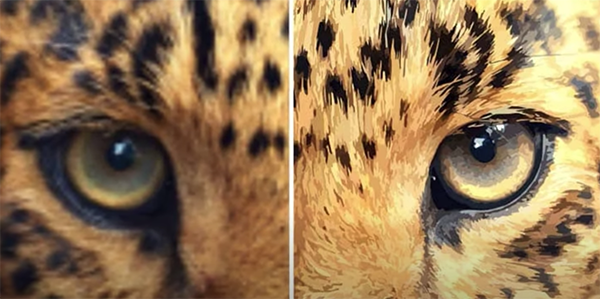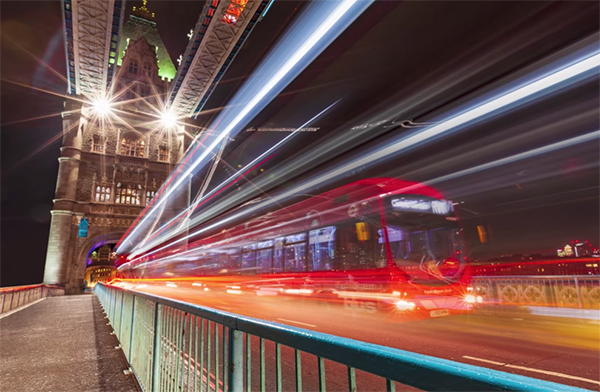Straight Talk: Sell Used Photo Gear for Max Value & Zero Hassle
Time to sell the photo gear you seldom use or no longer love?
Here are the goals.
1. Find out the value upfront.
2. Buyer pays for pick up at your home and pays for shipping.
3. Receive the payout in your bank within a few days.
Sound too good to be true? It’s for real, and it’s spelled MPB.
Selling your unloved or underused photo or video gear shouldn’t be a stressful life event that’s full of unknowns. Will you get top dollar? Can you trust the buyer? How much will you lose to shipping costs? When will you get your money? WILL you even get your money? Selling to an unknown buyer via an online auction site is a real-world gamble, especially since the biggest auction website is famous for always siding with the buyer in every dispute.
The Solution: MPB
Eliminate your fears, maximize your payout, and join the 625,000 photo and video storytellers who are customers of MPB, the largest global platform to buy, sell and trade used photo and video gear. MPB recirculates more than 500,000 pieces of photo/video/drone gear every year and has an Excellent Five Star rating on Trustpilot with more than 30,000 reviews.
 Know the Value Upfront
Know the Value Upfront
Get a free instant quote from MPB. Go online at MPB.com and check the value of your gear. Make informed decisions instead of setting a starting bid and hoping for the best.
MPB uses a simple five-point condition rating system. The condition ratings are: • Like New – unboxed, unused or lightly used • Excellent – minimal signs of wear, otherwise pristine • Good – fair amount of use, but well-kept • Well Used – significant use, signs of normal wear and tear • Heavily Used – clear signs of wear and tear, still works.
Once received, MPB checks over your gear to confirm your evaluation, so don’t worry if you’re not 100% sure which rating to choose. And if you want an edge, watch this 2-minute video.

Get Top Dollar
On average, customers earn $900 each time they sell to MPB. MPB’s dynamic pricing engine regularly analyzes the market to ensure a fair price.

If you’d rather trade instead of sell, MPB has over 16,000 pieces of used gear in the US and over 47,000 globally, and adds more than 2,000 products every week. Every used camera and lens MPB sells undergoes a rigorous 8 to 10 point inspection by MPB product specialists and is backed by a free six-month warranty.
The used camera or lens that buyers see in the MPB listing is the actual product they are buying—no stock photos. Typically, it costs 30% less than new. MPB itemizes the accessories that are included so you don’t have to wonder. For a taste of the cameras available from MPB, take a look at the mirrorless category as an example online now. You may even find some IR-only converted cameras, too; MPB has cool stuff like that.

MPB Pays for Shipping
MPB provides free, insured shipping via FedEx Ground. You can schedule a free home pickup, or if more convenient, drop off your gear at any authorized and staffed FedEx location.

MPB Pays You — Fast!
After the equipment is received and checked by MPB and you agree to the terms, MPB deposits the payment directly into your bank account—usually within about two business days. Sellers and traders can change their mind right up until the last moment.
By the way, if MPB decides the gear you send is in better condition than you indicated, they will automatically increase their payment. Have you ever heard of any company doing that?
Straight Talk Tips for Sellers

1. Check, Test & Clean Your Gear
Before getting your instant online quote from MPB, examine your equipment objectively as you gently but thoroughly clean it. Remove fingerprints with a soft microfiber cloth, and make sure the LCD sparkles. Use a small, fresh (unused) paintbrush to lightly remove dust buildup around dials and seams. Call out all dings, scratches, dents and defects by attaching a sticky note. Do not – repeat – do not attempt to clean the sensor.
2. Find the Battery, Charger, Case, Caps and Cables
You won’t need the old accessories any longer, but the new owner will. Gather up the original stuff, put it in a zip-type plastic bag and label it. Protect camera bodies using the original body cap. For lenses, attach front and rear caps to protect the optics during shipping. If the body or lens caps are not available, place the item in a zip bag and seal it securely with tape to protect the innards from dust.

3. Handle with Care
When it’s time to ship, wrap the equipment in bubble wrap (enough layers to ensure good protection) and place it in a sturdy box filled with foam chips. If you have the original box the product came in, pack it in that first, then in the bubble wrap.
You Won’t be Flying Solo
Although MPB is a big company, you’re never just another transaction. MPB has offices in Brooklyn, Berlin and Brighton serving USA and international customers worldwide. They provide friendly, expert help and support through their Help Center or by connecting you with an expert via phone or live chat. Visit MPB’s Help Center for more answers and advice.
Get More from MPB
Sign up for a free MPB account for more benefits. Account holders have even faster ways to buy, sell and trade-in photo and video gear. And as a member of the MPB community, you have access to exclusive offers, creative news and original content.
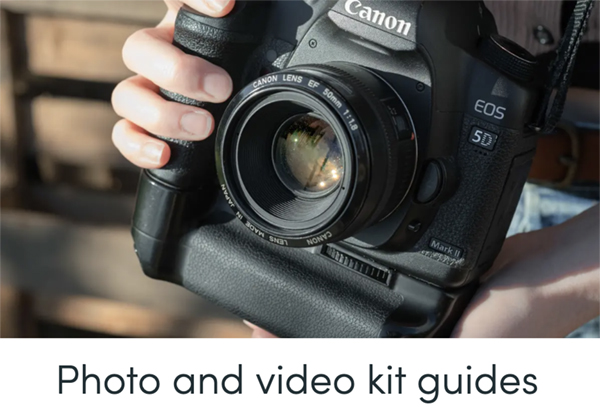
Valuable Original Content
If you are into photo, video, drones or all of the above, you’ll love MPB’s original content. It includes interviews, competitions, MPB news, tips and techniques, photo and video kit guides, and a great collection of videos and podcasts. Frankly, even if you are not an MPB customer yet, you should embrace this rich resource.
Inside Tip: If you’re a healthcare worker, military personnel, first responder, student or teacher, MPB offers Exclusive Promo Codes and a special discount to thank you for all you do.
∞ Shutterbug Staff



